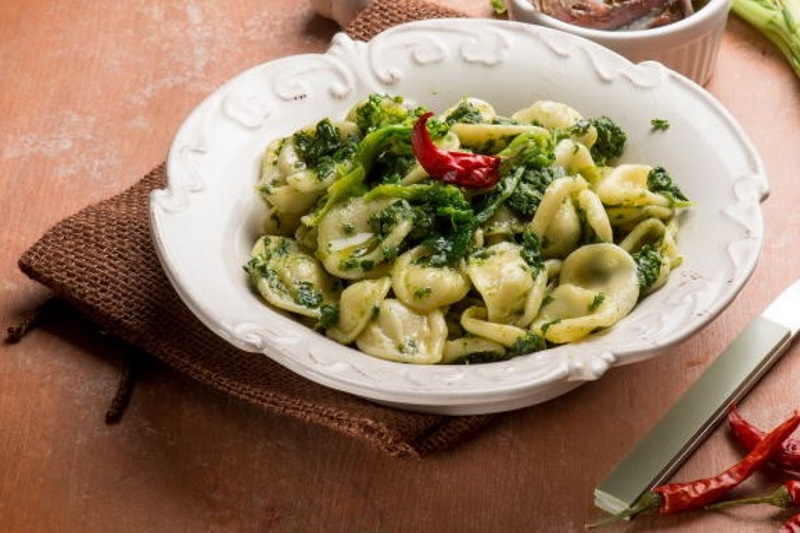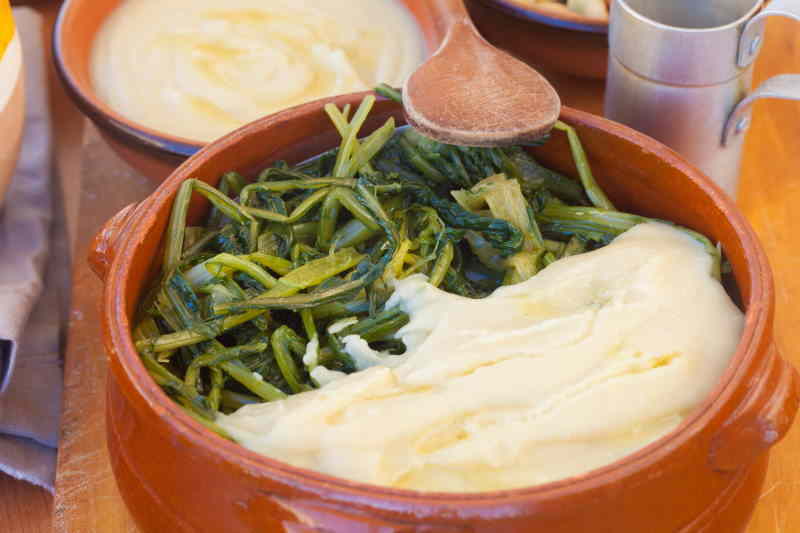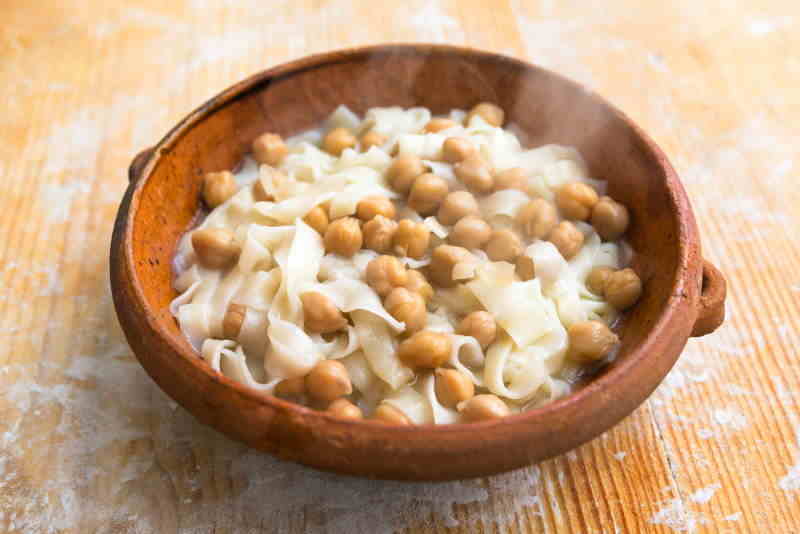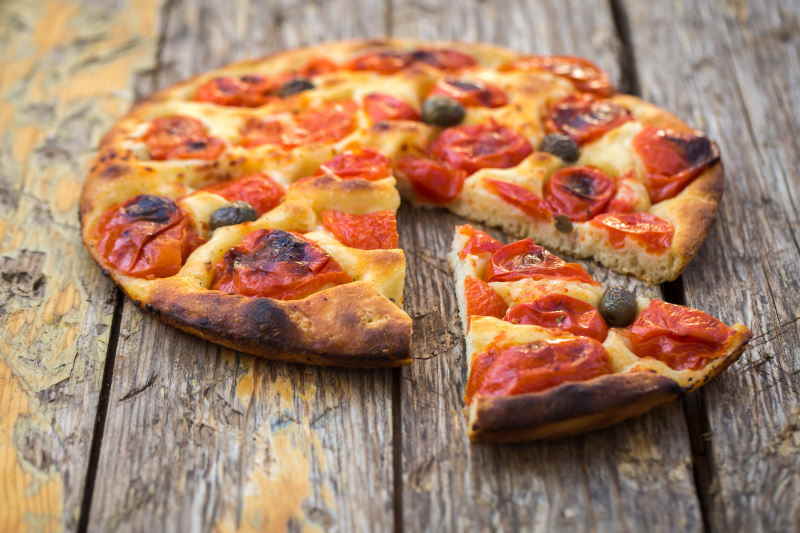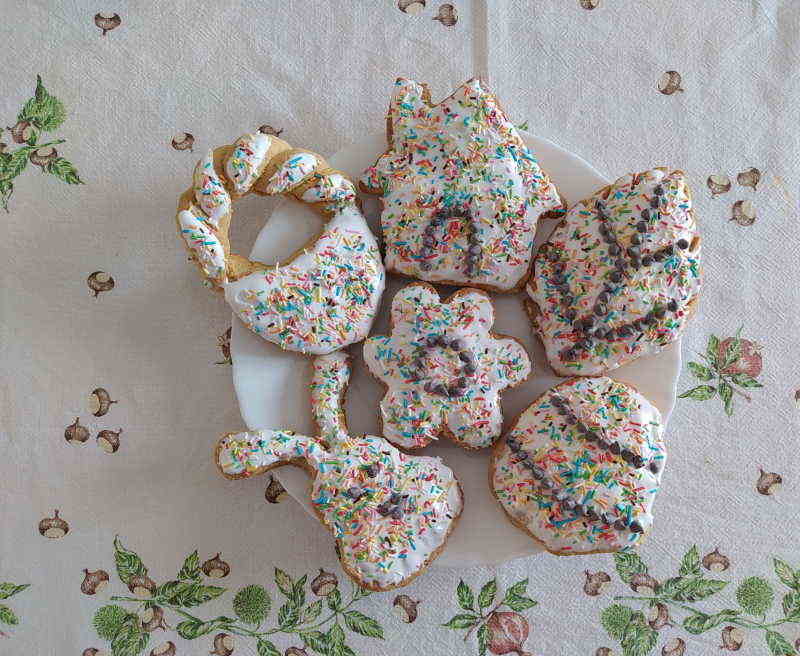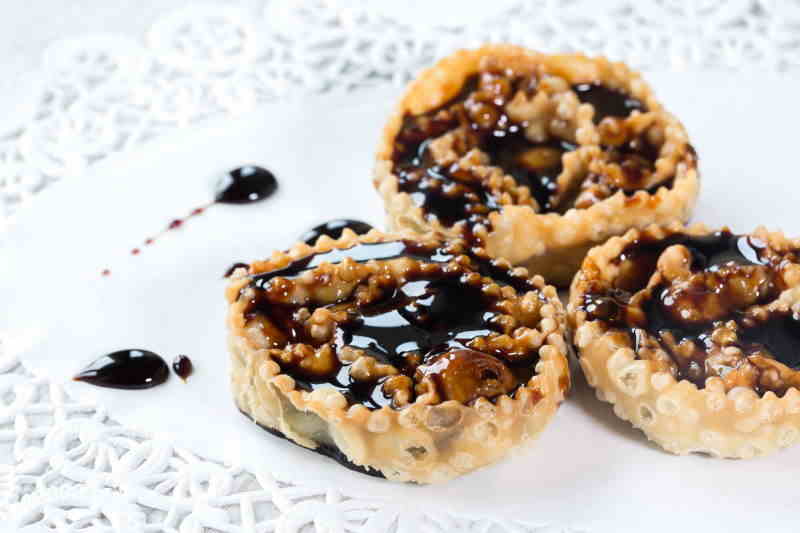We all know that Italy has one of the best cuisines in the world. So what makes Pugliese food so special? Pugliese cuisine is strongly rooted in the centuries-old farming traditions which are still used to this day, along with the vast array of fresh ingredients which are in abundance throughout the region. The amazing food and drink are one of the most compelling reasons for making a trip to Puglia simply for their great taste, but along with all styles of Mediterranean diet, the Pugliese diet is also fantastic for both your health and the planet. On this page we want to share vegetarian and vegan recipes that are part of the Pugliese tradition and typical Pugliese dishes which have been given a veggie twist. With its long heritage of fruit and vegetable agriculture, Puglia is well-suited to a sustainable and positive diet based on vegetables!
Eating a healthy, vegetarian or vegan diet has long been thought of as something that only well-off people can do, but when it comes to the Pugliese diet, the complete opposite is true. Often referred to as cucina povera - ‘cuisine of the poor’ - or peasant food, the region’s diet developed as a result of extreme poverty throughout the 18th and 19th centuries. However, the name does not refer to the quality or taste of the cuisine; as we have already mentioned, Pugliese dishes are some of the tastiest you will find in the whole of Italy. The term ‘cuisine of the poor’ more accurately pertains to the simplicity of the dishes, emphasising the fact that the local people use what they have to hand and what is grown in their immediate environment rather than buy luxury ingredients and travel far and wide for various products. Seasonal vegetables, legumes and citrus fruits. Wheat, cereals and dried fruit. Puglia is a real paradise for vegetarian food. Just a short walk in one of the many street markets that take place weekly in all corners of the region is enough to discover the huge amount of fresh produce that is produced in this lush land.
Rather than forget about the ways of the past, today the Pugliese have embraced their culinary heritage and it is possible to find dishes which have been made and eaten by local people for generations. Some of the most popular dishes that Puglia is most famous for include: focaccia, a flat bread baked with tomatoes and olives, although you may find different variations around the region; panzerotti, a sort of fried version of a calzone stuffed with tomato and mozzarella; orecchiette con le cima di rapa, a classic Pugliese pasta dish with broccoli rabe (rapini); and fave e cicorie, pureed broad beans and wild chicory, a classic Pugliese dish. However, it is not just main dishes which are considered to be classics in the region; on a visit here, you also get the chance to try some delicious sweet dishes such as pasticciotto and cartellate. While many parts of Italy have begun to embrace the food of other cultures and have also put many inventive twists on their own regional delicacies, Pugliese cuisine has pretty much stayed the same, so you could say that a culinary trip to Puglia is just as much about history as it is about the food.
As well as making food items and dishes for eating on the day, the Pugliese are incredibly inventive when it comes to using up any leftovers. A great example of this is how they use up stale bread. Rather than throwing it away like we would in other countries, the Pugliese either soften it in water and then add other ingredients such as olives and tomatoes or use it to make dry breadcrumbs for use in other dishes. Not only is this great from an economic viewpoint, but reducing food waste is also useful in terms of protecting the environment.
There are, as you probably know, many advantages to following a Mediterranean diet with an emphasis on fresh fruit, vegetables, legumes, grains and olive oil. It is these precise ingredients that make the Mediterranean diet so healthy as they contain a number of essential nutrients and food groups which the human body needs on a daily basis, such as fibre, healthy fats, antioxidants, vitamins and minerals. This high intake of healthy foods helps to reduce the risk of certain illnesses and diseases, including type 2 diabetes, Parkinson’s disease, Alzheimer’s, heart disease and strokes. In addition to this, it also helps to prolong life, keeps you agile as you get older, and reduces the risk of depression. If you are trying to lose weight, a Mediterranean diet is ideal for you as it can help you lose weight and it is a significant factor in the reduction of obesity.
But the advantages of a Mediterranean diet are not just health-based. The Pugliese diet is based completely on what people can make with the ingredients they can easily get from their surroundings rather than relying on processed and imported food. According to the EAT-Lancet Commission, unhealthy diets are responsible for a staggering one-third of all global greenhouse gas emissions, meaning that the unhealthier the diet you have, the bigger your carbon footprint is going to be.
Food production is also important when considering the impact on the environment. Large-scale food production uses up a lot of land as well as a huge amount of water, and because of this, it is well-known as the leading cause of many destructive practices such as deforestation, water pollution and loss of biodiversity. Research has shown that the Mediterranean diet actually uses 60% less water than other diets, 70% less land, 90% less energy and produces 70% fewer greenhouse gases. Larger food production companies are also far more likely to use pesticides and other chemicals on their produce, something else which can significantly damage the environment. However, the Mediterranean diet is famous for promoting its use of fresh, organic ingredients free from chemicals.
This is particularly true in Puglia. Many of the food products produced in the region are the result of small, traditional, family-run businesses who have handed down their culinary secrets through the generations. If you take a tour with us, you can have the chance to visit local producers such as cheesemakers, olive oil farms and vineyards where you can see all of these old practices at work. Only the best local ingredients are used and you will certainly not find any pesticides on any of them. In many cases, traditional equipment is used in the production of these products, meaning that the processes have very little impact on the environment. If you really want to fully immerse yourself in the world of Pugliese cooking and really find out how fresh, easy and eco-friendly local dishes are to make, there is also the chance for you to join a cooking class while you are on holiday here.
Another example of how the Mediterranean diet is great for the environment is its significant lack of plastics and packaging. As there is a strong focus on freshly cooked rather than convenience food, there is no need to use any kind of packaging, even if you are buying street food.
As you can see, following the Pugliese and Mediterranean styles of diet is not just good for your body and mind. By eating a diet rich in fruit, vegetables, legumes and grains – basically, all foods which can be easily taken from your surroundings – you are doing your bit to help save the planet by lowering your carbon footprint. So if you care just as much about the environment as you do about your health, consider making the switch to eating a Mediterranean diet. If you still need some convincing, join one of our tours and we will introduce you personally to the delights of Pugliese cuisine.
